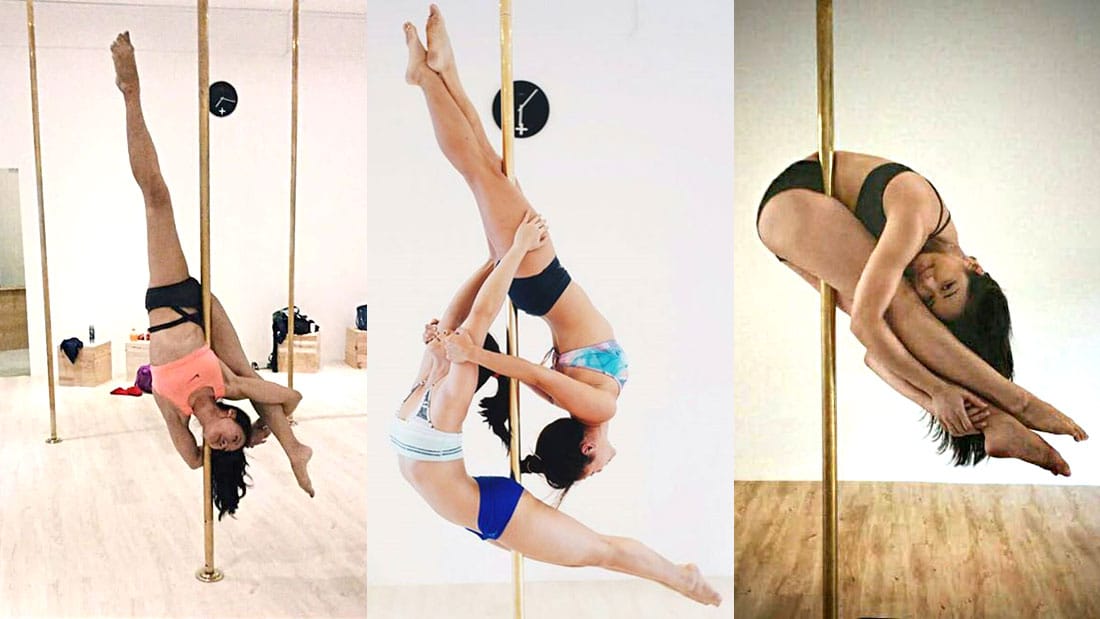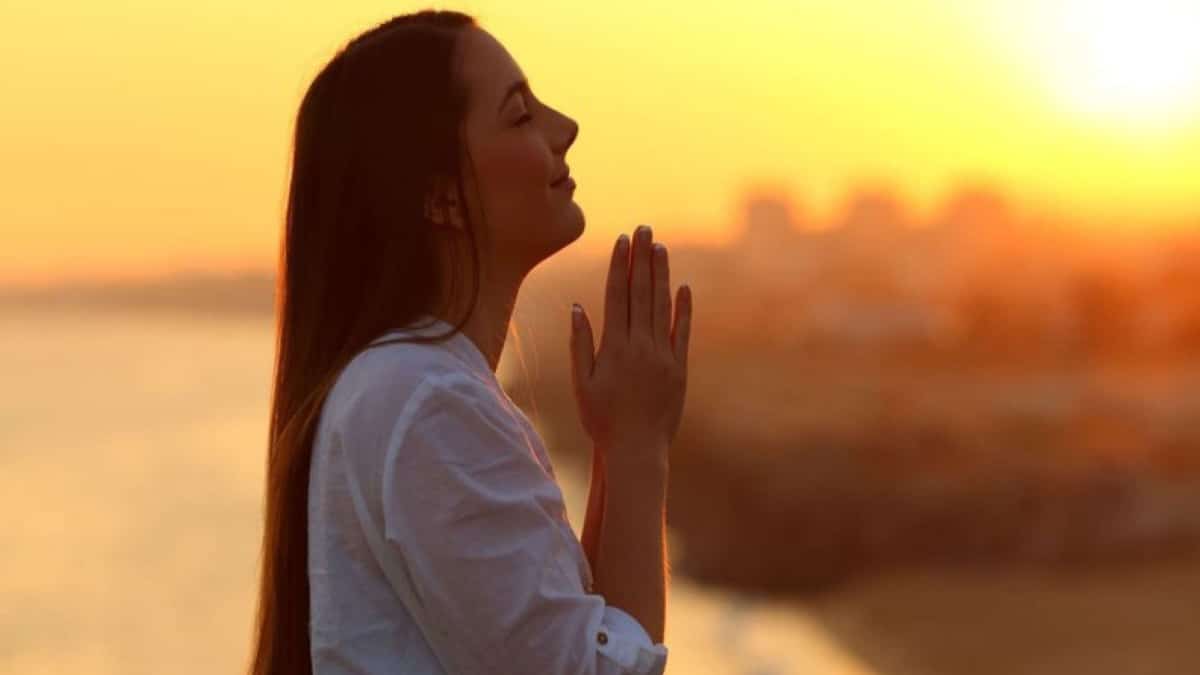I am often asked what type of yoga I teach, its traditional name is vinyasa yoga. This style of yoga is inspired by all the influences and schools with which I have been trained. I define it as a dynamic yoga that moves the body with conscious breathing , for anyone who needs to disconnect from their routine and reconnect with themselves.
In this article, I explain what vinyasa yoga is, as a style, as a movement. And I’m talking about its benefits for both practitioner and teacher. I will end by sharing some videos so that you can flow in movement enjoying a vinyasa yoga practice from home.
What is vinyasa yoga?
dynamic yoga style
Vinyasa yoga is a generic name for styles that include dynamic sequences called “vinyasa”, they are usually guided with different levels of difficulty.
It is a style of yoga in which the practitioner flows and evolves to the rhythm of the breath, becoming a dance, since each inhalation and exhalation creates a specific movement. Compared to the more leisurely hatha yoga , the asanas are held for less time, the energy is focused on flowing from one posture to another, and creating a dynamic movement.
I practiced Mysore style ashtanga yoga for over 10 years. Following the same series of asanas, in the same order and with the same rhythm defined by Pattabhi Jois. In self-practice, you enter a moving meditative state with sustained mindfulness as you maintain attention at all times listening to your own sound breath. I deepened body awareness and breath control with this demanding method that now allows me to flow naturally with a variety of vinyasa yoga asanas.
But like many teachers, my practice has been evolving. And, nowadays, I like to vary dynamic yoga styles, through Vinyasa yoga variants like Jivamukti yoga and Dharma yoga.
I did my first vinyasa yoga teacher training and taught my first classes following vinyasa yoga guidelines. The requirement is to be able to teach the postures, guide, observe the students and adjust at the same time, without losing sight of the prepared sequence of postures. I like to teach vinyasa yoga because it allows me flexibility in the guided classes and I don’t feel limited and forced in the selection and order of postures. I can choose between doing a full class that works a little of everything, focusing on a peak posture, or in a more fluid class with many transitions or more slowly.
Yoga Styles
If you are a bit lost among all the styles of yoga, I recommend this article on the types of yoga. Or experience the different styles in a practical way in Studio Online, my yoga and meditation platform with classes of different styles led by different teachers.
What are vinyasas?
Vinyasa is also the synchronization between movement and breath.
There is a general pattern to vinyasas: you normally inhale on the way up and exhale on the way down. Inhalation fills us with “prana” and exhalation fills us with “apana”, a downward energy that cleanses.
In ashtanga yoga , the vinyasa system is the exact count of movements and breaths that we perform in each posture. Entering and exiting each asana. For example, Sun Salutation or Surya Namaskar A has a vinyasa of 9 and Sun Salutation B has a vinyasa of 17.
In this way all postures or asanas have a specific number of vinyasa. The most important thing in this case is to know the vinyasas, so you can maintain the rhythm of the practice. But in a guided practice, some vinyasas could be added to help beginners get in and out of the pose more comfortably. Some breaths are done without movement so they are not counted as vinyasas.
Other dynamic yoga styles can leave a little more flexibility and vinyasa is also called the sequences of movements (type sun salutation) that join the different asanas . In Dharma yoga, they are more leisurely vinyasa while in other dynamic yoga styles, we seek to flow through the movement.
In my classes, you will notice that I usually link the different postures with a “vinyasa” using mainly two options: a more dynamic ashtanga yoga style option and a calmer option without jumps.
If you don’t know these “vinyasa” transitions, I recommend this explanatory Watch & Learn video: Transitions: steps and jumps (10 min).
If you want to introduce yourself to vinyasa yoga and learn the fundamentals of dynamic yoga, I recommend my Vinyasa yoga Basics Program . A complete online course with sequences, asanas, detailed transitions, meditation, breathing and relaxation exercises.
Benefits of Vinyasa Yoga
As a teacher, this style of yoga allows me to express my creativity when choosing my sequences.
And for you, tell you that you will not get bored! There is a slower or a little more dynamic vinyasa, so that the student flows with energy.
The purpose of vinyasa is flow and internal cleansing. The combination of the asanas with movement and breathing make the blood circulate around all the joints. The heat that is generated helps eliminate impurities that are expelled from the body through sweat during practice. If the vinyasa is followed correctly the body becomes healthy and strong.
Online vinyasa yoga class
My vinyasa classes usually start with all fours followed by standing, sitting and finishing poses. It can be a session that goes over the basic postures known from hatha yoga with dynamic transitions called vinyasa, coordinating the movement with the breath to create a flowing sequence. Also, as I was telling you, from time to time I like to invite other styles that I have practiced, such as ashtanga yoga or schools with which I have trained, such as Jivamukti yoga or Dharma yoga.
Vinyasa yoga for beginners
If you are completely new to this yoga practice, I would recommend that you read this yoga for beginners article and start with some Hatha Yoga classes. And, once you get a little practice, vinyasa yoga will also bring you many benefits. The ideal would be to combine them and opt for one or the other according to your mood and physical state each day. For the days when the body is more tired, I recommend a restorative yoga session , if you need to dedicate some time to “ground” or meditate on your important decisions, hatha yoga will be your best ally, while, if you need to let go energy, vinyasa yoga will leave you feeling like new.




